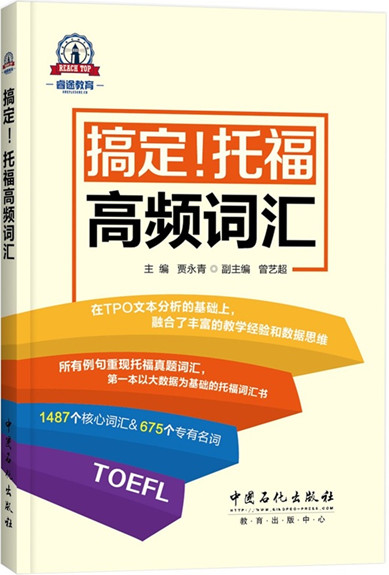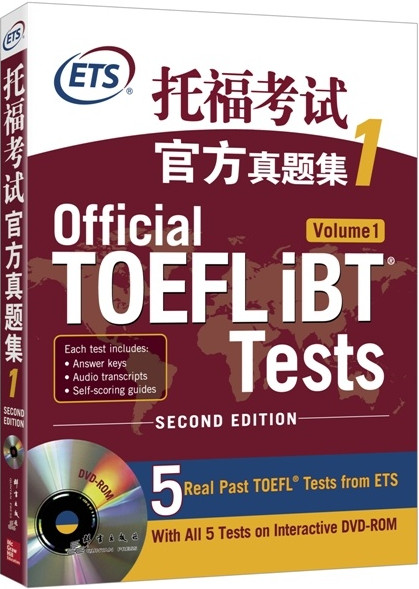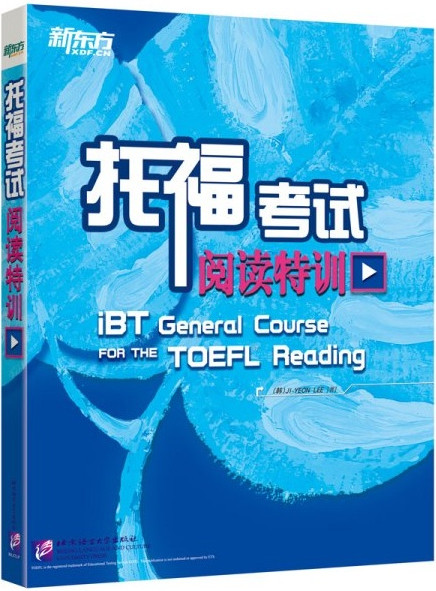�����и���x�ı���
����Industrialization came to the United State after 1790 as North American entrepreneurs
����increased productivity by reorganizing work and building factories. These innovations in
����manufacturing boosted output and living standards to an unprecedented extent; the average per
����capita wealth increased by nearly 1 percent per year �� 30 percent over the course of a generation.
����Goods that had once been luxury items became part of everyday life.
����The impressive gain in output stemmed primarily from the way in which workers made goods,
����since the 1790's, North American entrepreneurs �� even without technological improvements ��
����had broadened the scope of the outwork system that made manufacturing more efficient by
����distributing materials to a succession of workers who each performed a single step of the
����production process. For example, during the 1820's and 1830's the shoe industry greatly expanded
����the scale and extend of the outwork system. Tens of thousands of rural women, paid according to
����the amount they produced, fabricated the "uppers" of shoes, which were bound to the soles by
����wage-earning journeymen shoemakers in dozens of Massachusetts towns, whereas previously
����journeymen would have made the entire shoe. This system of production made the employer a
����powerful "shoe boss" and eroded workers' control over the pace and conditions of labor. However,
����it also dramatically increased the output of shoes while cutting their price.
����For tasks that were not suited to the outwork system, entrepreneurs created an even more
����important new organization, the modem factory, which used power-driven machines and
����assembly-line techniques to turn out large quantities of well-made goods. As early as 1782 the
����prolific Delaware inventor Oliver Evans had built a highly automated, laborsaving flour mill
����driven by water power. His machinery lifted the grain to the top of the mill, cleaned it as it fell into
����containers known as hoppers, ground the grain into flour, and then conveyed the flour back to the
����top of the mill to allow it to cool as it descended into barrels. Subsequently, manufacturers made
����use of new improved stationary steam engines to power their mills. This new technology enabled
����them to build factories in the nation's largest cities, taking advantage of urban concentrations of
����inexpensive labor, good transportation networks, and eager customers.
�����и���x�}Ŀ��
����1. What is the passage mainly about?
����(A) The difficulties of industrialization in North America
����(B) The influence of changes in manufacturing on the growth of urban centers
����(C) The rapid speed of industrialization in North America
����(D) Improved ways of organizing the manufacturing of goods
����2. The word "boosted" in line 3 is closest in meaning to
����(A) ensured
����(B) raised
����(C) arranged
����(D) discouraged
����3. The word "scope" in line 9 is closest in meaning to
����(A) value
����(B) popularity
����(C) extent
����(D) diversity
����4. The author mentions the shoe industry in the second paragraph to provide an example of how
����(A) entrepreneurs increased output by using an extended outwork system
����(B) entrepreneurs used technological improvements to increase output
����(C) rural workers responded to "shoe bosses"
����(D) changes in the outwork system improved the quality of shoes
����5. All of the following are mentioned as effects of changes in the shoe industry during the 1820's
����and 1830's EXCEPT
����(A) an increase in the worker's dependence on entrepreneurs
����(B) an increase in the wages paid to journeymen shoemakers
����(C) a decline in the workers ability to control the speed of production
����(D) a decrease in the price of shoes
����6.All of the following are true of the outwork system EXCEPT
����(A) It involved stages of production.
����(B) It was more efficient than the systems used before 1790.
����(C) It made many employers less powerful than they had been before.
����(D) It did not necessarily involve any technological improvements.
����7. The word "prolific" in line 23 is closest in meaning to
����(A) efficient
����(B) productive
����(C) self-employed
����(D) progressive
����8. According to the passage , how did later mills differ from the mills differ from the mill built by
����Oliver Evans?
����(A) They were located away from large cities.
����(B) They used new technology to produce power.
����(C) They did not allow flour to cool before it was placed in Barrels.
����(D) They combined technology with the outwork system.
����9. The word "it" in line 25 refers to
����(A) water power
����(B) machinery
����(C) grain
����(D) mill
����10. The passage mentions which of the following as a result of improvements in factory
����machinery?
����(A) It become easier for factory' owners to find workers and customers.
����(B) Manufacturers had to employ more highly skilled workers.
����(C) The amount of power required for factories operate was reduced.
����(D) Factories could operate more than one engine at a time.
����11. The word "eager" in line 30 is closest in meaning to
����(A) wealthy
����(B) knowledgeable
����(C) regular
����(D) enthusiastic
�����и���x�𰸣�
����DBCAB CBBCA D
�����]
- ģ�Mԇ�}
- �v�����}





